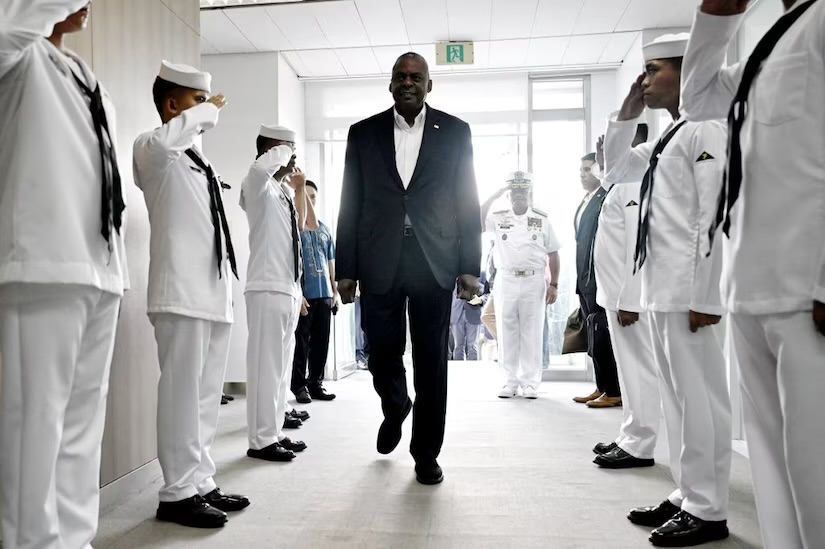Secretary of Defense Lloyd J. Austin III has just finished a significant visit to the Indo-Pacific region. His trip concluded with a visit to Subic Bay in the Philippines. There, Austin highlighted the growing defense cooperation between the United States, the Philippines, and regional allies.
Tour of Key Facilities
During his visit to the Philippines, Austin toured a Philippine Navy facility and several defense industrial sites. These visits were aimed at showcasing the opportunities for defense industrial cooperation. The goal is to strengthen the ties between the U.S. and the Philippines and to explore new areas of collaboration.
Austin spoke with reporters about the visit. “This is a really transformative time for our relationship, our alliance here,” he said. He emphasized the importance of the key initiatives announced during his trip.
Major Financial Commitment
A big part of the visit was the announcement that the U.S. will give $500 million to the Philippines for their military. This money will update and improve their military equipment. Austin expressed his excitement, saying, “We’re thrilled about this.”It’s going to help them modernize their military even more.”
The funds will be used to enhance the capabilities of the Philippine military and coast guard. This move underscores the commitment of the U.S. to support its allies and partners in the region.
Strengthening Regional Peace and Stability
A U.S.-Philippines 2+2 ministerial dialogue was held in Manila during Austin’s visit. Austin and Secretary of State Antony J. Blinken met with their colleagues from the Philippines during this meeting. The topics of debate were on how to improve prosperity, peace, and stability in the area.
The United States and the Philippines are collaborating to tackle shared security issues.The foreign military financing is a key part of this effort, aiming to boost the defense capabilities of the Philippine forces.
Important Developments in Japan
Austin’s Indo-Pacific tour also took him to Tokyo, where he engaged in a similar 2+2 dialogue with Japanese officials. During this meeting, the U.S. announced a major change: the transition of U.S. Forces Japan (USFJ) to a joint force headquarters. This new joint force headquarters will be led by a three-star officer. It will serve as a counterpart to Japan’s Japan Self-Defense Forces Joint Operations Command (JJOC). The goal is to enhance command and control of U.S. forces in Japan and improve coordination with Japanese forces.
Enhanced Command and Control
Austin described the transition as the start of an important evolution. The command and control of U.S. forces is the primary objective of the three-star command we are erecting. Furthermore, he clarified, the JJOC’s three-star command will be concentrated on Japanese forces.
The creation of this joint force headquarters will allow for better planning and execution of combined missions. It will provide greater agility and capability in joint operations. The headquarters will retain the name USFJ and its three-star leadership, ensuring continuity in command.
Looking Forward
Austin’s visit to the Indo-Pacific region marks a significant step in strengthening defense partnerships and enhancing regional security. The U.S. commitment to the Philippines and Japan reflects a broader strategy to ensure stability in the Indo-Pacific.
The new initiatives and financial support are expected to bolster the defense capabilities of these allies. As Austin noted, the collaboration between the U.S., the Philippines, and Japan is vital for addressing regional security challenges and promoting peace.
Overall, Secretary Austin’s trip underscored the importance of these alliances and the ongoing efforts to modernise and enhance military cooperation in the Indo-Pacific region. The steps taken during this visit are likely to have a lasting impact on regional security and stability.

